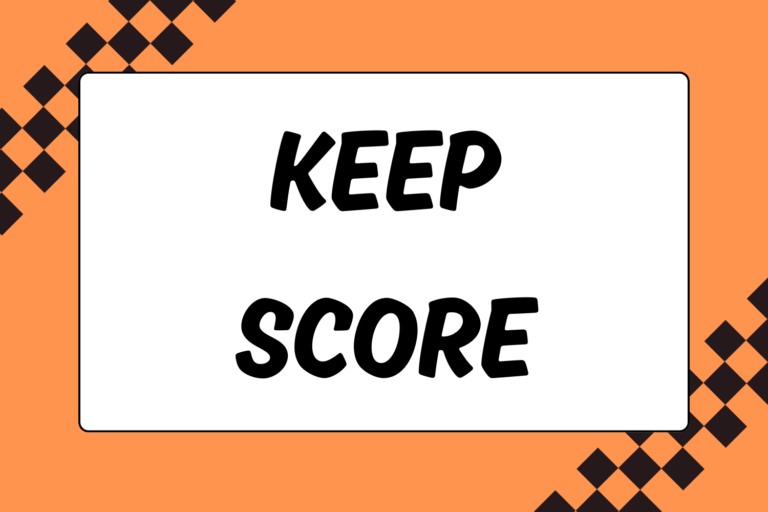The invention of the starting block revolutionized running events under 400-meters. Times dropped dramatically and sprinters realized that the new tool could be used to execute a strong, fast and smooth race. For those athletes new to the sport, this guide to give you an idea of what’s involved with properly using the starting block.
Getting Used to Starting Blocks
Perfecting the start using blocks is not an easy thing to do. In the beginning, kneeling in the blocks may hurt your knees and the position it forces your body into feels a bit awkward. It’s a good idea to begin with a standing start, then progress to the three-point crouched start and finally to the blocks. With time and practice, you will eventually get used to it—and when you do, using blocks will be as natural as running fast.
Also, one thing is especially important to keep in mind: the purpose of the starting block is to put you in position to accelerate quickly out of them. Don’t expect to be at full speed right out of the blocks; use them to make it easier to quickly get to your top speed.
Here are some ways to help you quickly incorporate the starting blocks into your normal routine:
Step 1: Understand How They Work
When you begin training with the starting block, measure the first block about two foot-lengths from the start line. The rear block will be about three foot-lengths from the start line. You can use these measurements as a starting point then adjust them as you find a certain position to be the most comfortable and most powerful. Use your feet and hands to measure your block adjustments.
For example: Your front block may be two foot lengths and one hand from the starting line while your back foot may be just three foot lengths from the line. Remember these measurements! You will always use this technique of measuring at the start of every race.
Step 2: Establish a Preparation Routine
You need to establish some sort of routine for the start. This will help you focus on what you need to do in the race; it’s a good idea to prep yourself ahead of time, because once you step into the blocks, the only thing you should be doing is waiting for the sound of the starter’s pistol. Here are some things you can include in your pre-race routine:
- As you step up to the starting line, shake out your neck, arms and legs.
- Look down the track and stare down the finish line.
- Take two to three tuck jumps before backing into your blocks. Tuck jumps are explosive jumps that bring your heels up to your buttocks. This lets your body know it’s about to exert force onto the track.
Everyone’s routine is different, and there are no necessities for what to incorporate into your own. Estabilish your routine at practice and be consistent with it at the start of every race. Just go with what makes you comfortable and gets you ready to run!
Step 3: Double Check to be Sure
Before the first command, you will usually have time to set up your blocks at the starting line and get in a few practice starts. Get at least one start in to make sure the blocks and your position is where you want it to be.
Using Starting Blocks in a Race
By now you should have practiced coming out of the blocks enough that you’re comfortable with it, and hopefully you’ve got your pre-race routine down as well, because it’s time to put them to work! When you line up for a race, always stand behind your blocks. Then take a deep breath and get your mind in race-mode while waiting for the starting commands. Here’s a breakdown of what to do with each command:
Take Your Marks!
At this point, step out and go through your routine to get into your blocks. Give yourself a few moments to gather your thoughts and relax your body. Don’t immediately rush to get into the start position, but don’t take your time either.
Get into the start position by backing into the blocks, feet first. The tips of your toes will be in contact with the track and your heels will be slightly forward. Your front knee will be elevated at a slight angle. It should not be cramped near your chest or too far back. Place your back knee on the ground. You should not feel like your body is stretched out, nor should you feel cramped in this position.
Place your arms about shoulder width apart and rest your weight on your fingertips. Place your hands on the edge of the starting line but not on the white line. Your hands should look like an ‘L’ with all the fingers together except for the thumb.
Once you settle in, lean forward slightly and remain still. Your eyes should be cast down and ahead. Do not look straight up at the finish line or straight down at your fingertips.As you get in the blocks focus only on hearing the commands of the starter and the sound of the gun. Try to block out the noise around you whether it’s people cheering or the sounds your competitor’s make. Train your body to have an automatic reaction to the firing of the starting gun.
Hot Tip: Start Comfortably
How you place your knees at the start varies with each sprinter. Some will have both knees elevated with the front one at a higher angle than the other. Other sprinters will rest their back knee on the track. As long as you can come up to the set position properly with the right amount of weight distributed and you are able to execute a powerful start, either method can be used.
Set!
Once the starter sees that all the athletes have stopped moving, he or she will command, “Set!”This is the most important position in the entire start process. From here, you will establish your power and speed out of the blocks.
The front leg will come up to a 90-degree angle and the heels of both your feet will lay flat against the block. The back leg will be at an angle of approximately 120-degrees. Anything higher or lower will take away from the drive of the start.
Some coaches tell their athletes to hold their breath when they come up on set. That’s certainly an option, but not something everyone should feel like they have to do. Whatever you do as you get set, keep your head down and focus your eyes at a point a few meters ahead of you. Do not look up at the finish line; this will force your head and upper body to elevate slightly, and will slow you down as you launch off the blocks.
Go!
There is no thought process once you are in the set position. It is an automatic reaction to the sound. Don’t concentrate on hearing the gun; just let your body respond. Here’s what should happen when the gun goes off:
- Drive your power arm forward. The power arm is opposite of your back leg. If your back leg is your left, then your power arm is your right.
- Push off with your lead (front) leg. It produces the greatest amount of force out of the blocks, but remember to use both legs to gain the maximum benefit of the start.
- Once you push off the block completely, stay low and avoid standing up. The more vertical you are, the longer it takes you to get to top speed. Your body should gradually straighten over approximately 15 meters.
After that, just breathe and run hard.
Let the Blocks Work for You
Though it will take some time to get used to the starting blocks, once you do you’ll find it much easier to launch off the line and hit your stride quickly. The quicker the launch, the longer you’ll be able to run at top speed!





